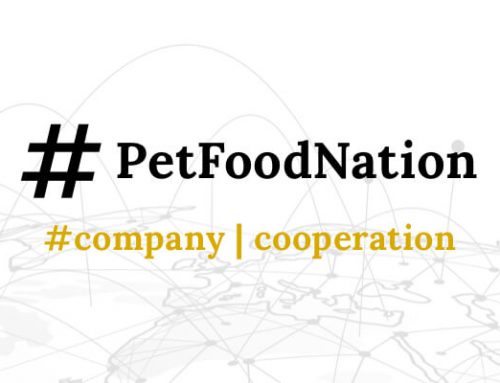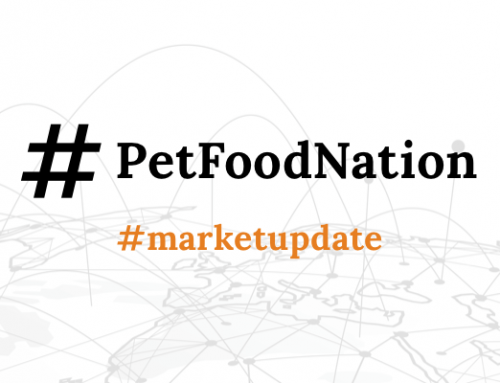According to a research by credit card company Shinhan Card, the pet-related businesses as well as annual spending on pets are continuously rising in South-Korea.
In 2022, Koreans spent ₩353,000 ($268/€245) on average on pet-related businesses. This number is the highest regarding the last 4 years (by comparison: 2019, ₩262,000 ($196/€180); 2021, ₩313,000 ($233/€214)).
Purchases of pet services and products via card also increased by 21% (2019 – 2021).
The company’s research also showed that the number of pet businesses grew by 48% across the last 4 years. Numbers of new dog hotels and dog training establishments increased by 211% and 275%.
According to Lee Eun-hee, a consumer science professor at Inha University, the pet industry’s rebound is caused by the inhabitants change of live in giving up marriage and children. Therefore Korean can spend more on pets.
The Korea Rural Economic Institute (KREI) forecasts a market value of ₩4.5 trillion ($3.2B/€3B) in 2023 reaching ₩6 trillion ($4.4B/€4.1B) by 2027.
However, pet insurance cannot keep up with this trendy et. According to the Korea Credit Information Service, only 0.8% (55,000) of 7.2 million pet owners had their pet insured in October 2022.
Since more than 8 out of 10 respondents (82.9%) of a survey conducted by the Consumers Federation of Korea feels veterinary medical expenses as “burdensome”, one of the reasons for the low rate might be caused by insurance providers‘ problems for cost estimate.
In order to collect data for establishing more pet insurances, insurance enterprises have asked for the renewal of a fee-for-service model that was disposed in 1999. The model ensured compensation of healthcare provider’s services at fixed fees.




